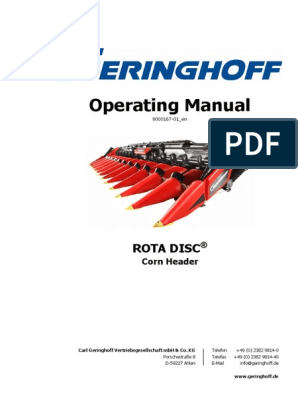Velocity-time graphs
Velocity-time graphs: acceleration
The acceleration of an object at a given time is given by the gradient of its velocity-time graph
20 15
Velocity (m/s)
15
10
Velocity (m/s)
10
A 5
5
0
0 0 5 10
0 2 4 6 8 10 Time (seconds)
Time (seconds)
© my-gcsescience.com
Velocity-time graphs: acceleration
Example 1
A car travels at a constant velocity of 30 m/s for 40 seconds, 30
then decelerates uniformly to rest in 20 seconds.
Velocity (m/s)
20
a) On the axes provided, draw a velocity-time graph to
10
represent the motion of the car over the course of this
minute. 0
0 10 20 30 40 50 60
Time (seconds)
b) Calculate the deceleration of the car in the last
20 seconds of its journey.
© my-gcsescience.com
© my-gcsescience.com 1
�Velocity-time graphs
Velocity-time graphs: acceleration
Example 2 12
10
The velocity-time graph to the right describes the
8
Velocity (m/s)
motion of an Olympic sprinter. Calculate her
6
acceleration for the following sections of her journey: 4
a) the first 2 seconds; 0
0 2 4 6 8 10
Time (seconds)
b) 2 to 6 seconds;
c) the last 4 seconds.
© my-gcsescience.com
Velocity-time graphs: distance
The distance travelled by an object can be calculated from the area under its velocity-time graph
Example 3 10
Calculate the distance travelled by the sprinter from 8
Velocity (m/s)
0 to 10 seconds. 6
0
0 2 4 6 8 10
Time (seconds)
© my-gcsescience.com
© my-gcsescience.com 2
�Velocity-time graphs
Velocity-time graphs: distance
Example 4
A motorbike accelerates from rest to a top speed of 40 m/s in 40
approximately 6 seconds, as shown by the velocity-time graph
30
Velocity (m/s)
to the right.
20
a) Describe the motion of the motorbike from 0 to 8 seconds.
10
0
0 2 4 6 8
Time (s)
© my-gcsescience.com
Velocity-time graphs: distance
Example 4
b) Calculate the total distance travelled by the motorbike 40
from 0 to 8 seconds.
30
Velocity (m/s)
The COUNTING SQUARES method 20
10
0
0 2 4 6 8
Time (s)
© my-gcsescience.com
© my-gcsescience.com 3
























































































